Directions (1-5): Answer the questions based on the information given below.
Eight persons Priya, Anjali, Riyanshi, Samir, Tanavi, Kavita, Varsha and Nidhi are sitting in the square table. Two persons are sitting in each side of the table. Some of them are facing center and some of them are facing outside. Not more than two persons facing the same direction sits together. All the information is not necessarily in the same order.
Note: If opposite direction means one person is facing towards center while another person is facing away from the center. If same direction means one person is facing center and another is also facing center.
The number of persons sit between Kavita and Samir is as same as the number of persons sits between Kavita and Tanavi, who is facing the same direction of Varsha. Riyanshi sits third to the right of Nidhi who is facing same direction as Kavita. Priya sits third to the left of Samir who is facing the same direction as Varsha. Kavita sits second to the left of Anjali and not immediate neighbor of Samir. Immediate neighbors of Samir are facing opposite direction of Samir. Three persons sit between Anjali and Priya who is not sitting on the opposite sides of the table of Samir. Varsha and Riyanshi are facing the same direction.
Samir is an immediate neighbor of Nidhi who is facing inside. Varsha and Priya sit opposite to each other.
Q1. Who sits third to the left of Anjali?
(a) Tanavi
(b) Riyanshi
(c) Varsha
(d) Nidhi
(e) Priya
Q2. How many persons sit between Varsha and Tanavi, when counted from the right of Tanavi?
(a) Two
(b) One
(c) Four
(d) Three
(e) None
Q3. Which of the following pair is/are sitting on the same side of the table?
(a) Priya and Riyanshi
(b) Anjali and Samir
(c) Nidhi and Tanavi
(d) Varsha and Priya
(e) Anjali and Varsha
Q4. What is the position of Riyanshi with respect to Tanavi?
(a) Third to the left
(b) Second to the left
(c) Second to the right
(d) Fourth to the left
(e) Fourth to the right
Q5. Who is exactly sitting between Anjali and Priya?
(a) Kavita
(b) Samir
(c) Tanavi
(d) Riyanshi
(e) Varsha
Direction (6-10): In the question below some statements are given followed by the conclusions. You have to take the given statements to be true even if they seem to be at variance with commonly known facts. Read all the conclusions and then decide which of the given conclusions logically follows from the given statements disregarding commonly known facts.
Q6. Statements: Only a few Egg is white.
Only a few Egg is yellow.
Some yellow is bright.
Conclusions: I. No bright is white.
II. At least some Egg is not white.
(a) If conclusion I follows
(b) If conclusion II follows
(c) Either conclusion I or conclusion II follows
(d) Neither conclusion I nor conclusion II follows
(e) Both the conclusions follow.
Q7. Statements: Some knight is bright.
Some bright is not light.
All light is Red.
Conclusions: I. No Red is bright.
II. Some knight can be light.
(a) If conclusion I follows
(b) If conclusion II follows
(c) Either conclusion I or conclusion II follows
(d) Neither conclusion I nor conclusion II follows
(e) Both the conclusions follow.
Q8. Statements: All Lines are Signal.
Only a few Signals are Coverage.
No Coverage is Radar.
All Radars are Tracker.
Conclusions: I. Some Lines are not Radar
II. All Coverage can be Tracker
(a) If conclusion I follows
(b) If conclusion II follows
(c) Either conclusion I or conclusion II follows
(d) Neither conclusion I nor conclusion II follows
(e) Both the conclusions follow.
Q9. Statements: Only a few Mobiles are Laptop.
Some Laptops are Phone.
No Phone is Digital.
Only a few Digital are 4G.
Conclusions: I. Some Digital is not 4G.
II. No Laptop is 4G.
(a) If conclusion I follows
(b) If conclusion II follows
(c) Either conclusion I or conclusion II follows
(d) Neither conclusion I nor conclusion II follows
(e) Both the conclusions follow.
Q10. Statements: Only a few Glass are Mirror.
No Mirror is Screen.
Only a few Screen are Colour.
All Colours are Cover.
Conclusions: I. Some Glasses are Colour.
II. Some Screens are not Colour.
(a) If conclusion I follows
(b) If conclusion II follows
(c) Either conclusion I or conclusion II follows
(d) Neither conclusion I nor conclusion II follows
(e) Both the conclusions follow.
Directions (11-15) Study the following arrangement of numbers, symbols and letters carefully, follow the instructions and answer the question.
E 1 K P I µ Y $ J 8 3 K E @ R O N M Y 5 H G L E € G Y β U R S X E 7 V
Q11. What is the previous alphabet according to English alphabet series, of the element which is 18th from left end?
(a) N
(b) M
(c) L
(d) Q
(e) None of these
Q12. If A is placed between S and X in certain manner, then what will be the element 8th from right end?
(a) U
(b) E
(c) R
(d) Y
(e) None of these
Q13. After eliminating all odd numbers and vowels, then which of the following element is fifth from the left end?
(a) M
(b) Y
(c) 7
(d) H
(e) $
Q14. When first 15 elements are reversed from left end, what will be the 24th right end?
(a) E
(b) Y
(c) P
(d) 7
(e) None of these
Q15. If all the digits in the series are multiplied with 2 and then all numbers added, the resultant is?
(a) 54
(b) 55
(c) 48
(d) 58
(e) None of these
Solutions
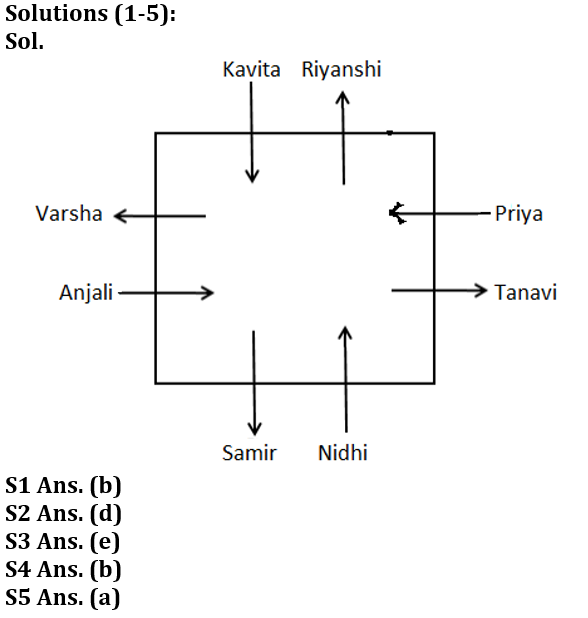
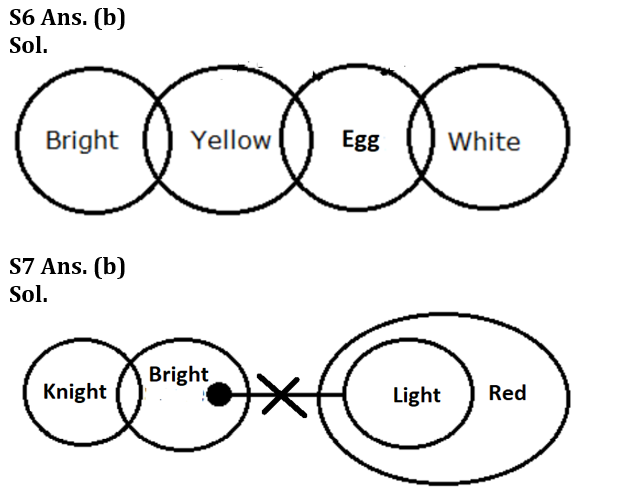
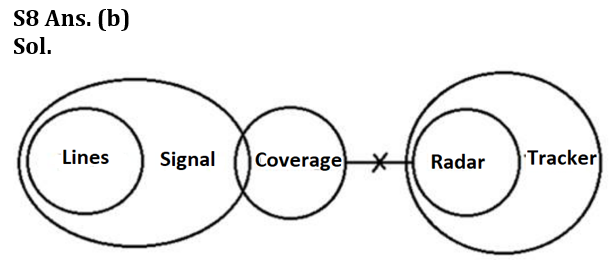
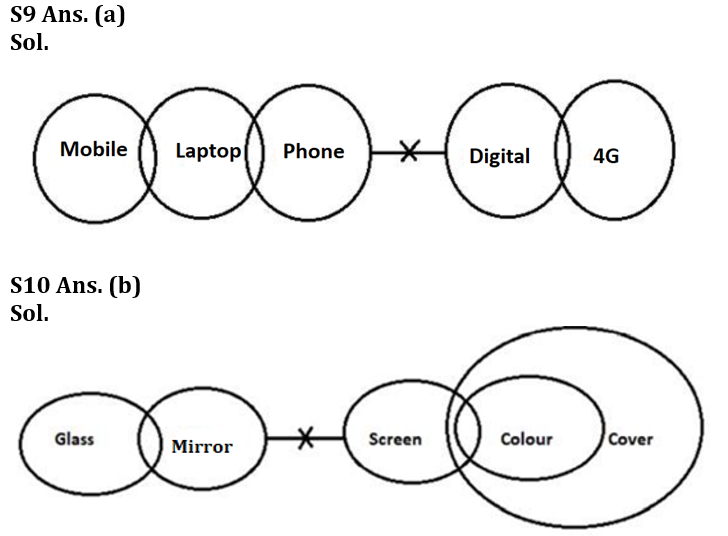
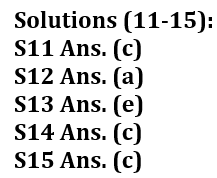



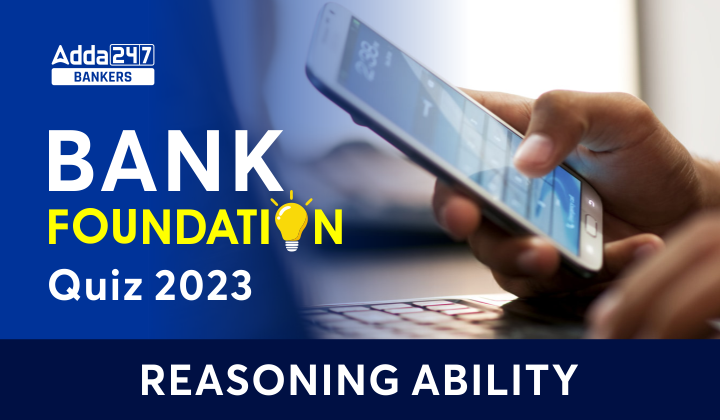

 GA Capsule for SBI Clerk Mains 2025, Dow...
GA Capsule for SBI Clerk Mains 2025, Dow...
 The Hindu Review October 2022: Download ...
The Hindu Review October 2022: Download ...
 ECGC PO Cut off 2025 Out, Check Final Cu...
ECGC PO Cut off 2025 Out, Check Final Cu...




